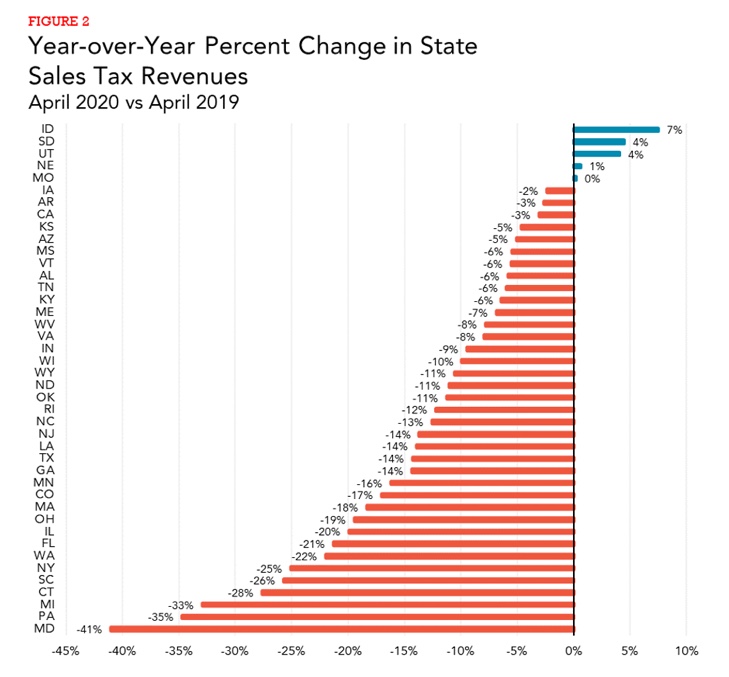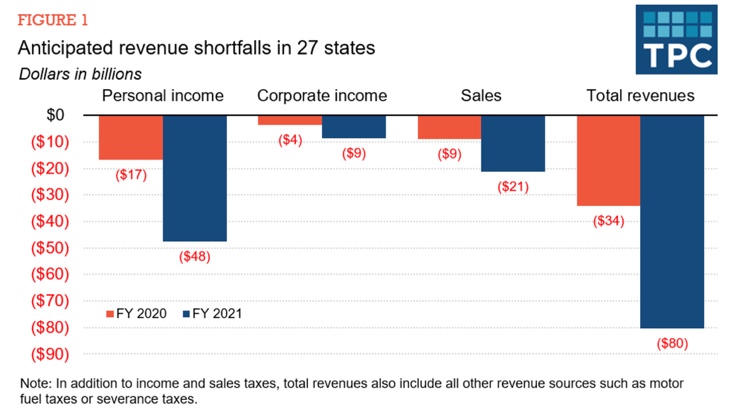Time is Money

For the first time maybe ever, local governments are looking for revenue. A major decline of sales tax revenue has hit a significant amount of states. These challenges are forcing change, some of which is uncomfortable. It is time to start asking some tough questions and understand where each dollar is going. There is a “quick fix”, an incremental improvement, and then an evolved infrastructure.
Increase Taxes?!
Increasing taxes (sales, property or income) to cover the difference is a quick and easy fix. The downside is, this may prevent your colleagues from being re-elected next term. That did not stop Nashville from increasing property taxes by 34%! Other cities are looking at making similar changes but there must be other options.

How much does it cost to provide a permit? Not how much do you charge, how much does it cost your team internally. Does the fee charged match the level of time & resources from your team?
Most communities do not know because it is not tracked or has not been tracked lately. That has been acceptable for the last 20 years, but Covid-19 is forcing us to change. Allocating the right cost for the right fee can help bridge the cost to revenue gap. This can be done across multiple departments, not just permitting.
Code enforcement has historically been a set fee per violation as well. How many times does a code enforcement officer have to go and check on the same property before the junk care, high grass, trash pile etc. is removed? Do you charge for these follow up trips? Having a follow up fee or a larger original fine is becoming more common. Time is money!

Are you spending too much for technology? Any overlaps in systems? Are the upgrades or patches worth the money? Is Cloud software worth it?
Legacy technology could be costing you more than you think. Many government agencies are looking to build flexible infrastructures to support our new normal. The prospect of continually updating on-premise IT hardware and systems while maintaining the flexibility to support emerging citizen needs is a real challenge. As a result, many government technology leaders are taking a hard look at moving core systems from on-premises to a Software-as-a-Service (SaaS) model and realizing the benefits of increased security, more predictable service levels and costs, and the ability to respond to evolving citizen expectations.
Cloud technology constantly evolves with efficiency as the #1 goal. Some legacy solutions will provide a major update every 3 years. In the same time, GovSense will have provided at least 6 major updates. Losing efficiency due to lack of technology can be a money pit. Allow technology vendors manage the technology updates/ service and your team and reap the rewards. Do not be afraid of change!

Yes, we are all busy and the right answer is not always the easiest. Work smarter, not harder. Stretch your taxpayers’ dollars to drive efficiency, transparency, and a better user experience for all!
GovSense is the first complete cloud solution purpose-built for local governments, empowering over 60 communities and supporting more than 2 million citizens. Govsense built on Oracle NetSuite—the #1 true cloud ERP platform with over 50,000 customers worldwide— GovSense delivers a modern, unified system that streamlines operations, enhances transparency, and drives efficiency. GovSense’s team has been implementing cloud solutions since 2005, bringing over two decades of expertise in delivering scalable and secure technology for local agencies. As a five-time GovTech 100 recipient, we are recognized as an industry leader in transforming government technology. GovSense is one modern platform that has everything you need for your local government, ensuring your community is equipped with the tools to thrive in the digital age.
